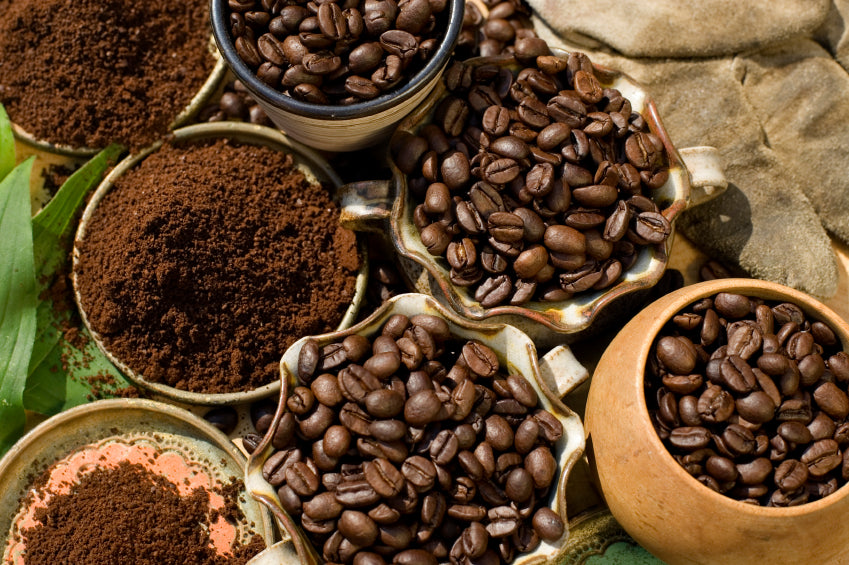Grinding Coffee
Posted by NAVEEN MUWAL

Two important aspects of brewing a delicious cup of coffee is freshness and extraction (pouring water over coffee grounds). You can help control freshness by purchasing coffee as whole beans, roasted to order from Longbottom. Coffee is a food and minimizing exposure to the elements is critical to keeping it fresh. When coffee is ground, more surface area is exposed to the elements, which causes it to lose its freshness that much faster.
The next aspect is proper extraction. While there are many extraction variables such as dose, water temperature, etc., one of the most important is the coffee grind. Uniformity in the coffee particle size ensures that each coffee particle is extracted similarly and properly. Simply, larger particles need a longer contact time with water to get a proper extraction; smaller particles less time. If you have particles that vary greatly in size you have coffee that is both over-extracted (too much contact with water) and under-extracted (too little contact with water). A small effort to get the most uniform grind possible for your preferred brewing method will yield a huge return in the cup.
There are two main types of grinders – blade grinders and conical burr grinders.
Blade Grinders
Blade grinders are the most common and the least expensive option available. They work by having a flat blade that spins quickly like what you would see in a food processor. The blade spins to chop the beans in the chamber. While blade grinders are convenient and fast, the “chopping” style yields a wider range of large to small particle sizes. In fact, it is likely you will get “dust” each time that not only would be over-extracted but hard to clean. The speed of the blades can also cause heat that robs the coffee of flavor while also generating some static electricity. Try cleaning one out after use and notice how the coffee particles and dust “stick” to the sides of the grinder. However, this option is still better than using stale ground coffee. Some suggestions to get the most out of a blade grinder:
- 1) Grind smaller quantities in batches.
- 2) Pulse the grinder, so that the blades do not overheat the coffee and to get a more even grind.
- 3) Count the total grind time for your preferred brew method and repeat each time for consistency.
Conical Burr Grinders
Conical burr grinders actually grind rather than chop coffee. Two round discs with teeth are set horizontally one above the other and look like a set of gears. Coffee enters these rotating discs and is ground between their teeth. The distance between the two discs determines the grind size. Since this distance is set, the grind size is very consistent. Almost all commercial grinders are of this variety. A decent home conical burr grinder starts at about 5 times the cost of a blade grinder but can quickly prove itself a good investment every morning! If you have more time and want to acquire a feel for the coffee, hand burr grinders are a fun and less expensive way to experiment and learn.
TAGS:

 Longbottom Coffee & Tea
Longbottom Coffee & Tea